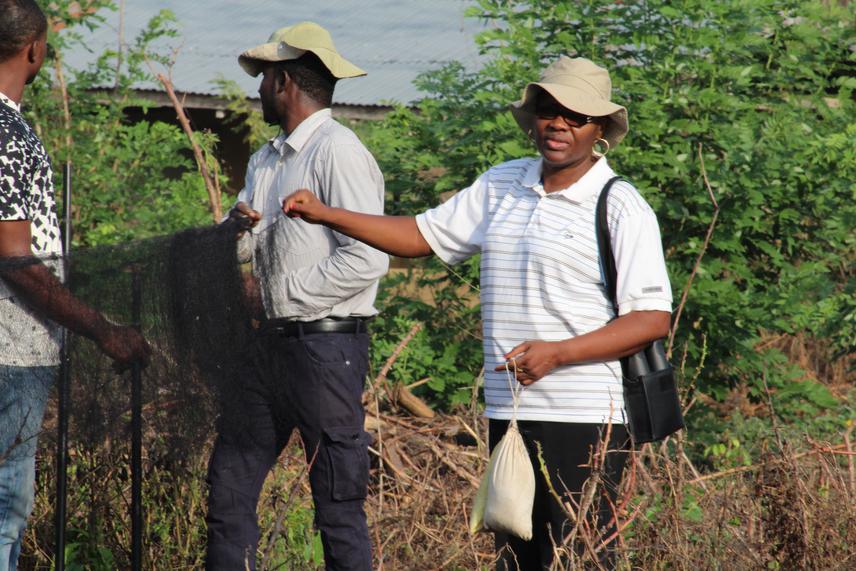Omotoriogun Taiwo Crossby
The project aim is to conserve the Elizade University forest through a study of its important bird species diversity, and conservation awarenesss among local communities.

Mist netting activities.
The southwest axis of Nigeria has remained one of the important strongholds for high species diversity. Over a decade now, this region has experienced drastic lost in vital habitats mainly due to population expansion and increasing human pressures. Habitat pollution, degradation and destruction have high impact on biodiversity decline and loss generally. For birds which are integral part of the ecosystems and useful biological indicators of environmental change, escalating pressures of environmental change or habitat destruction have had formidable impact in their decline. As a result, birds are threatened from habitats destruction. Most vulnerable species include those with specific habitat requirements, annual migration behavior, small home ranges and small population. To mitigate loss of bird diversity therefore, the conservation and protection of bird habitats is one of the priorities for conservationist. The Elizade Forest is an important forest patch located at Ilara-Mokin Ondo State—and within the forests of West Africa Hotspot—which has the potential to serve as refuge for important and restricted range bird species. Nevertheless, the forest is experiencing increasing human pressures from logging, agriculture and artificial construction; therefore, the needs to conserved, protected monitored and managed the forest to avoid loss of important bird species richness.
The project aim is achieved through a set of specific objectives including assessment and monitoring of important bird species diversity; conservation awareness among local communities on habitat protection; and training of individuals and young scholars in conservation techniques and research skills. The field method to be adopted include birds’ survey techniques such as point transects, point observation and mist netting. This is to assess and monitor forest bird species. The conservation education component is targeted toward individuals within the local community who interacts with the forest and the central focus is the creation of the awareness of the importance of birds in the environment and how forest/habitat destruction result to their loss. The expected outcome is to achieve full documentation of the avifauna of Elizade forest which can be informative to raise the profile of the forest and enhance its conservation and/or awaken appreciation and support for bird’s conservation and protection.